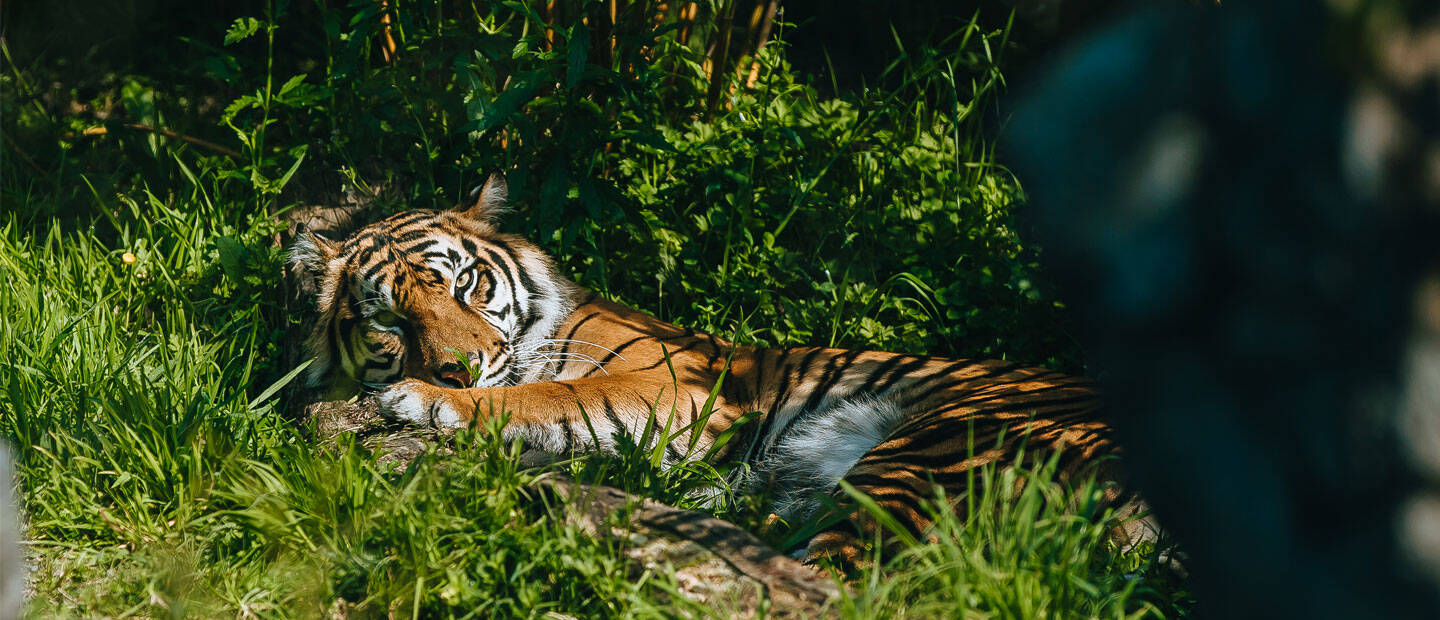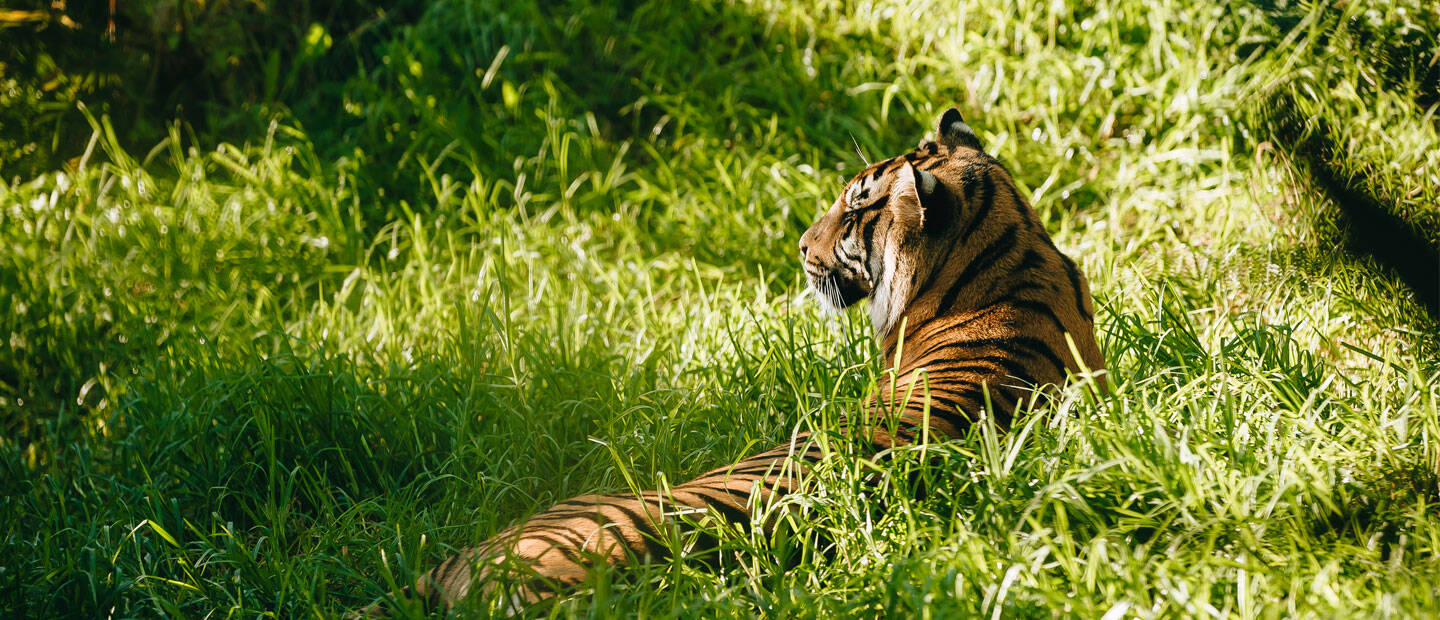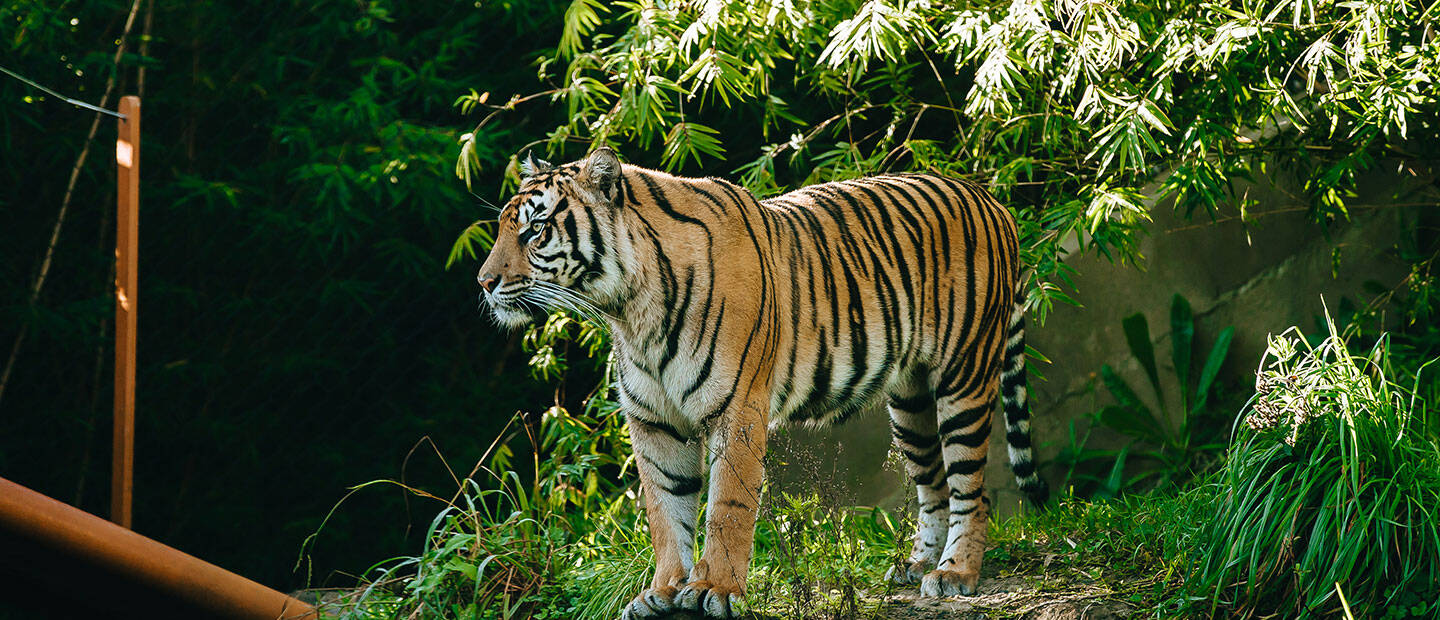We’re delighted to share that a recent ultrasound has provided our carnivore and veterinary teams with 100 percent confirmation that Sumatran tiger Zayana is pregnant!
Now in the last few weeks of her approximately 15.5-week (108-day) pregnancy, all going well she is due to give birth around early January.
As we shared with everyone at the time, Zayana came into oestrus (her receptive period to breed) in late September enabling her and male Ramah to once again come together to mate.
“While we had behavioural and physical pregnancy indicators such as Zayana not coming back into oestrus in late October, her subsequent weight gain and some other physical changes, it’s fantastic to now have this diagnostic evidence,” says Carnivore team leader Lauren.
“Our ability to do an ultrasound is based on Zayana’s voluntary participation in our tiger training programme. It’s a programme that we’re constantly evolving which enables us keepers and the vet team to do a range of regular physical health checks with her without requiring any sedation and in a way that’s really easy, comfortable, and stress-free for her.




